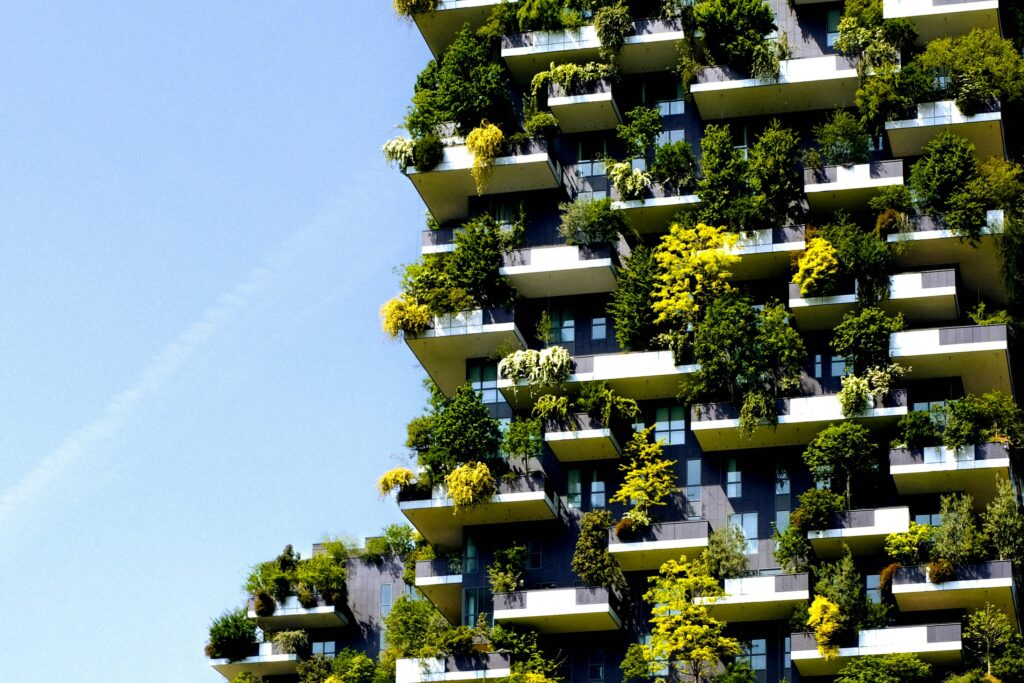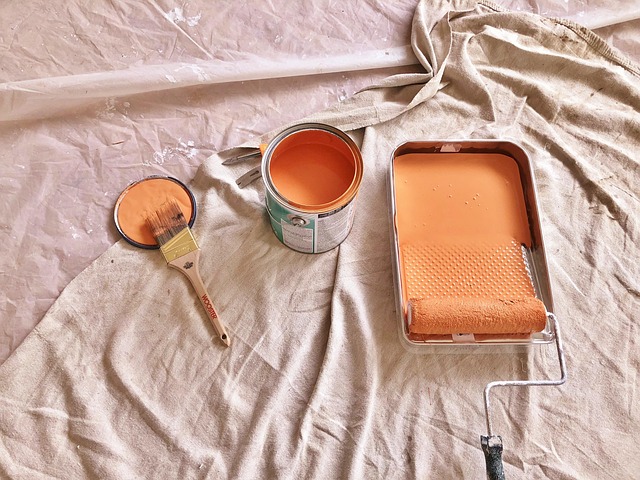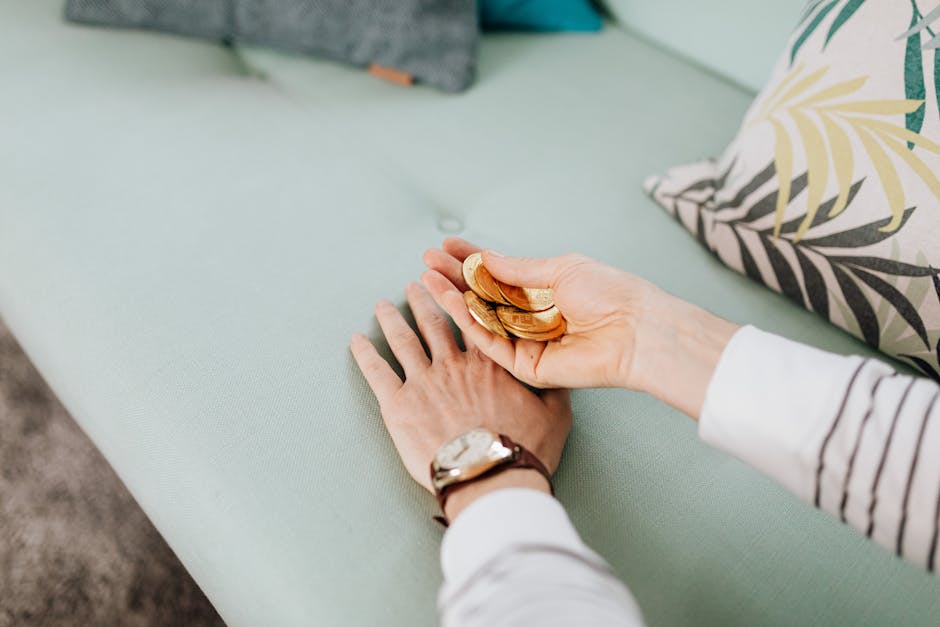What Is Sustainable Interior Design?
Sustainable interior design is about making choices that reduce harm to the environment—without compromising function or comfort. It’s design that lasts longer, wastes less, and drives fewer emissions over its lifetime.
At its core, this means using materials that are renewable (like bamboo), reclaimed (like salvaged wood), or recycled (like certain metals or composite panels). It also means choosing fixtures and finishes that are energy efficient, non-toxic, and built to endure daily life for years—not just a season.
Whether you’re renovating a kitchen or sprucing up a living room, sustainable design is less about flashy trends and more about thoughtful decisions. Every piece, product, and process matters—because each impacts the planet in some way.
Why It Matters—Now More Than Ever
Sustainable interior design isn’t just a buzzword—it’s a response to real, pressing environmental challenges. As climate concerns grow and homeowners become more conscious consumers, the interior design industry must evolve.
The Hidden Cost of Traditional Design
Conventional design often relies on resource-heavy materials and wasteful production practices. These outdated approaches leave a lasting environmental footprint.
- Excessive use of virgin materials like hardwood, plastics, and synthetic textiles
- High energy consumption during manufacturing and transport
- Short-lived trends leading to furniture and décor waste
- Landfill overflow from low-quality, disposable furnishings
Interior Design’s Environmental Impact
Interior choices shape a home’s environmental footprint far beyond surface aesthetics. The materials we use and the systems we install either support sustainability—or amplify the problem.
- Finishes and furniture can release harmful chemicals (VOCs) into the air
- Poor lighting and insulation design contribute to energy inefficiency
- Fast furniture culture accelerates waste and landfill accumulation
Consumers Are Demanding Better
Today’s buyers and homeowners are actively seeking design solutions that reflect their values. Sustainability is no longer a niche—it’s becoming a baseline expectation.
- Green certifications and eco-labels are influencing purchasing decisions
- Homeowners are placing more weight on durability and ethical sourcing
- Transparency around materials and lifecycle impact is now a key selling point
This cultural shift signals an opportunity: interior design that’s mindful of people and the planet isn’t a compromise—it’s a new standard.
Durable, Timeless Materials
One of the smartest choices in sustainable interior design is investing in materials built to last. Instead of replacing worn-out pieces every few years, opting for durability means less waste, fewer purchases, and more money saved over time. Think bamboo flooring that holds up under foot traffic, reclaimed wood with natural character, or cork that insulates and recovers easily. These materials aren’t just eco-friendly—they’re practical.
Design trends come and go, but quality materials with a clean look and solid performance stick around. That’s what makes them timeless. Recycled metals, stone, and responsibly sourced hardwoods don’t just age well—they often look better with time. Bottom line: replacing trendy, disposable finishes with reliable, long-lasting elements isn’t just better for the planet; it’s better for your bottom line too.
Easy Ways to Start at Home
You don’t need a full renovation to shift into sustainable interior design. Small swaps make a big difference—starting with materials. Trade out plastic décor and finishes for natural fibers like jute, linen, hemp, or untreated wood. These materials don’t just look better—they breathe better, creating less chemical off-gassing and waste at the end of their lifecycle.
Paint is another easy switch. Most conventional paints are full of VOCs (volatile organic compounds), which can linger in the air long after you’ve painted. Low-VOC and zero-VOC options are widely available now, offering the same finish without the headache—literally.
Furniture? Skip the showroom and head to secondhand options. Vintage, upcycled, or thrifted furniture not only cuts down on manufacturing waste, but chances are, it’s already stood the test of time. Refurbished pieces also add character and story to a space—something you’ll never get from a flat-packed box.
Start with these moves. They’re simple, effective, and totally doable, even on a tight budget or in a rental.
Design with Impact, Not Excess
Minimalism isn’t about empty spaces and cold aesthetics. The new wave is about stripping down with purpose. Fewer objects, sure—but each one should earn its place. That means functional design, items that serve double duty, and an emphasis on intention over impulse.
Quality matters more than ever. A well-built oak table or a modular sofa made from recycled textiles isn’t just sustainable—it’s smart. You’re not just choosing pieces that last; you’re creating a space that adapts with you, not against you. Flexible layouts, movable partitions, and multi-use zones are becoming staples in homes that need to do more with less.
What’s changing is the mindset. Less isn’t just cleaner—it’s smarter. Cutting the clutter can boost focus, improve flow, and lighten the environmental load. For sustainable design, minimalism isn’t about doing without. It’s about doing with intention.
Want More Practical Tips?
Looking to bring sustainability into your home without the guesswork? Start with accessible, expert-backed resources that blend eco-friendly design principles with real-world functionality.
Where to Begin
- Browse Practical Guides: Dive into step-by-step resources that walk you through eco-conscious upgrades, from material choices to room-by-room transformations.
- Find Inspiration by Style: Whether your taste leans modern, rustic, or minimalist, you’ll uncover sustainable projects that match your aesthetic.
What You’ll Gain
- Design Confidence: Learn how to make informed choices that reduce your environmental impact
- Balanced Approach: Discover that sustainability doesn’t mean sacrificing comfort, elegance, or personal expression
- Custom Ideas: Get ideas tailored for city apartments, family homes, and anything in between
Explore more: HouseZoneSpot — your guide to creating a home that’s better for you and the planet.
Final Take: Design with Purpose, Not Just Style
Sustainable interior design is more than a passing trend—it’s a meaningful shift in how we approach our living spaces. In the face of climate challenges and shifting consumer values, how we design our homes increasingly reflects not just our personal taste, but our principles.
A Shift in Mindset
- Moves beyond aesthetics to consider long-term impact
- Prioritizes environmental responsibility and ethical choices
- Encourages thoughtful, intentional consumption
Responsible & Beautiful Living
The idea that eco-friendly design means sacrificing beauty is outdated. In truth, responsible choices often lead to more calming, cohesive, and timeless spaces:
- Use of natural textures and tones
- Designs that emphasize quality over quantity
- A focus on comfort, flow, and wellness
Future Homes Reflect Values
As homeowners and designers alike become more conscious, homes of the future will evolve to showcase:
- A commitment to sustainability in material and layout choices
- An investment in long-term well-being
- Design that mirrors your values—not just the latest trends
Sustainable interior design isn’t about doing everything perfectly. It’s about making better decisions, one room at a time—and recognizing that your space can be a force for good.


 Vionaryn Glimmerquill is the co-founder and tech visionary behind HouseZoneSpot With a passion for blending innovation and lifestyle, she writes about cutting-edge home technologies that redefine how we live, connect, and create smarter spaces.
Vionaryn Glimmerquill is the co-founder and tech visionary behind HouseZoneSpot With a passion for blending innovation and lifestyle, she writes about cutting-edge home technologies that redefine how we live, connect, and create smarter spaces.

